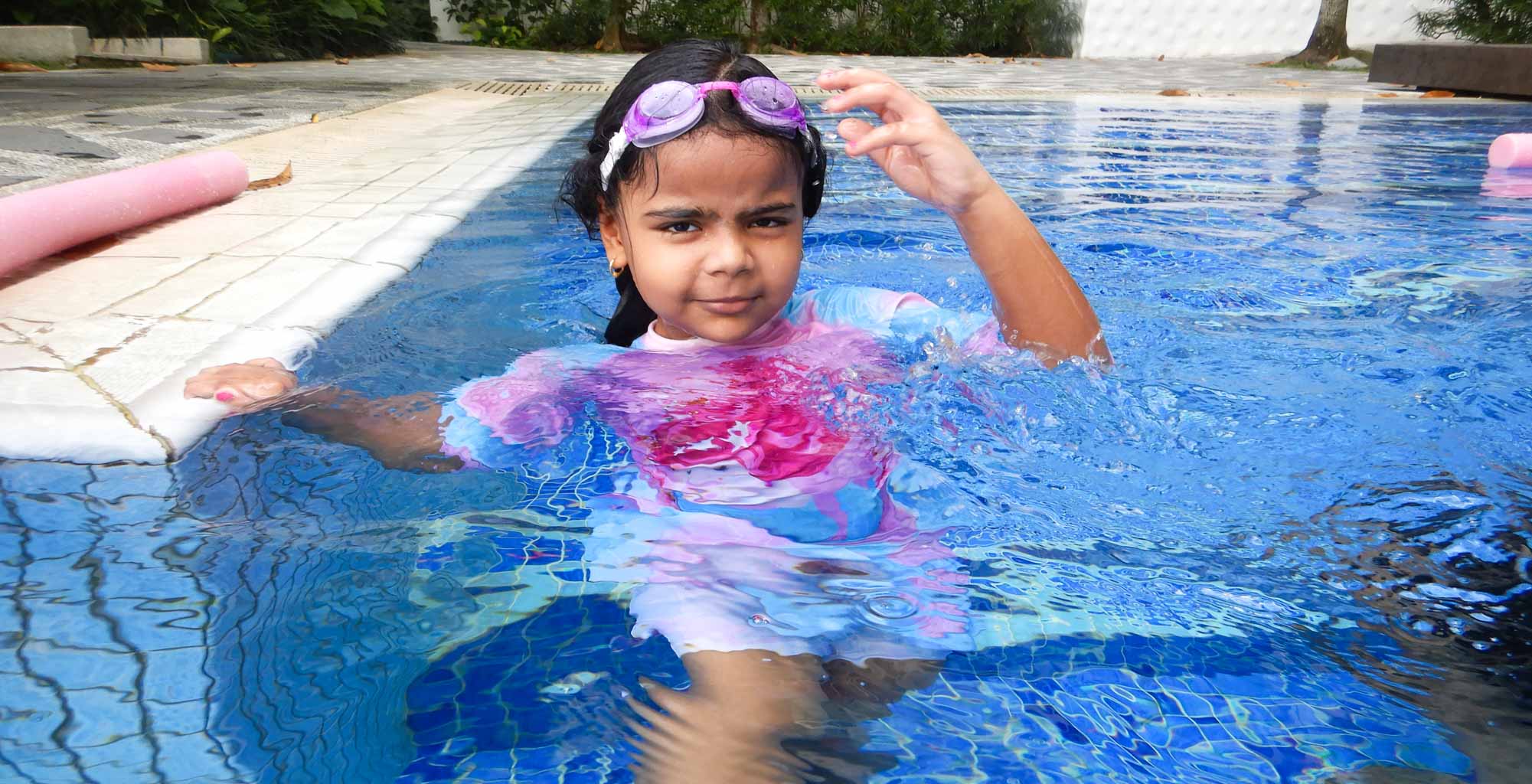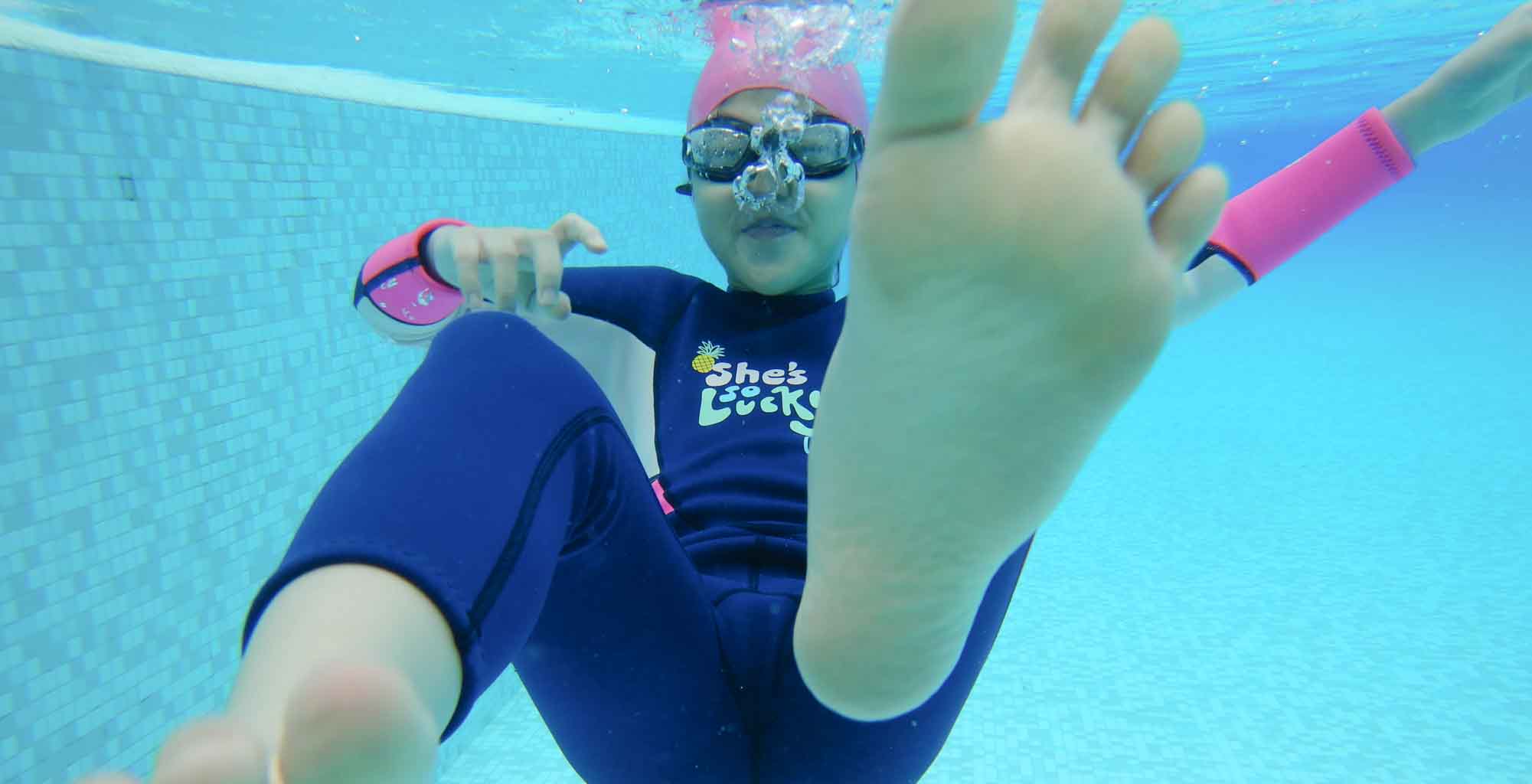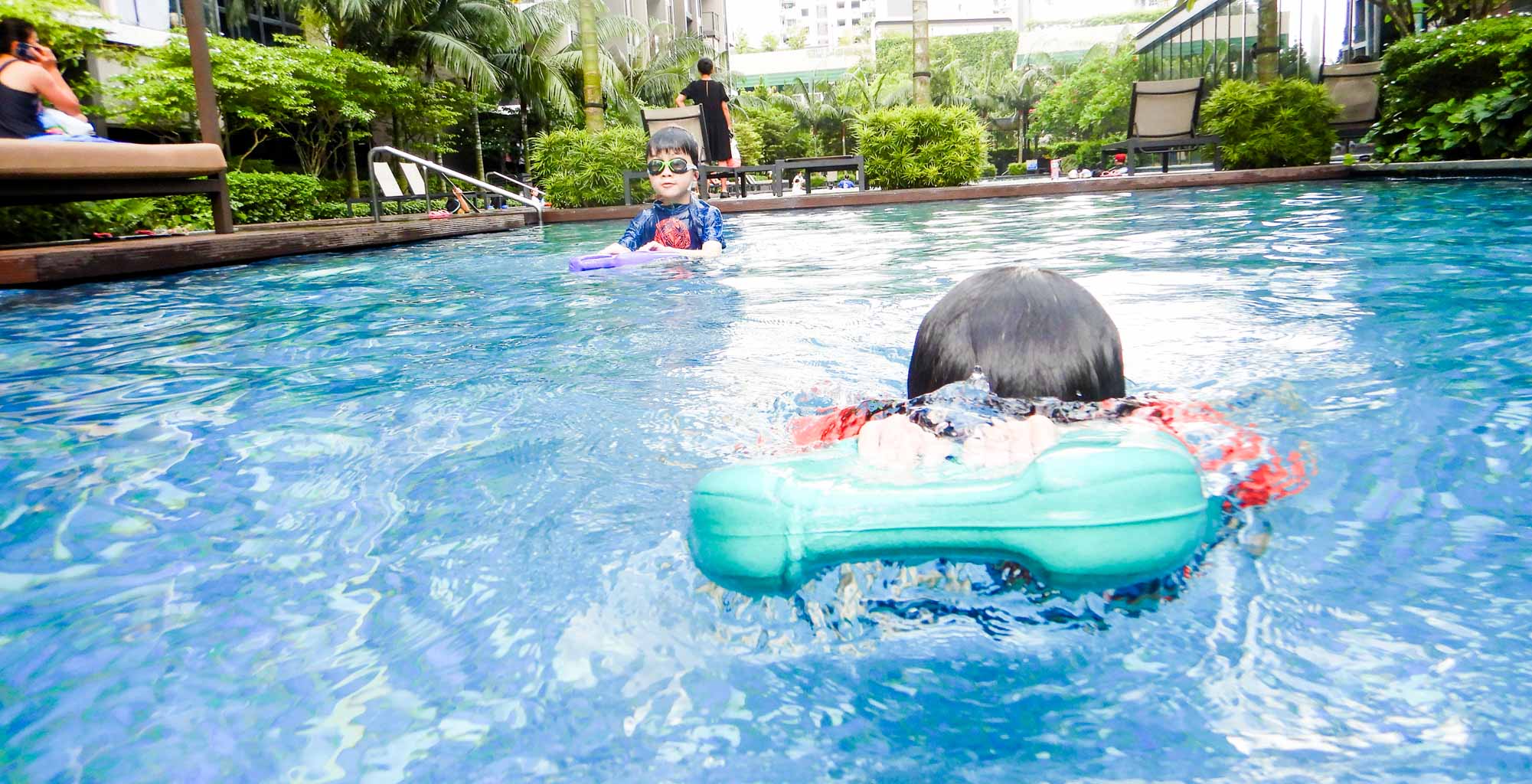Pool Workouts
Physical fitness is not only one of the most important keys to a healthy body, it is the basis of dynamic and creative intellectual activity. – John Fitzergerald Kennedy.
It’s crucial to comprehend the foundations of physical fitness and how they relate to swimming before you take up a pencil to create a training schedule. You can’t just go to the pool and swim more laps to get fitter and perform better. Ideally, you should intentionally schedule each pool or gym visit to fit into the overall plan of getting your body ready for your final objective. This chapter will teach you how to comprehend and create pool exercises with specific goals. It starts with a brief introduction to training principles before moving on to how they apply to swimming.
Conditioning
Trainers and coaches work hard to create workouts with the right workload or ratio of volume and intensity. Each training session needs to be a part of a larger picture that advances the athlete’s progress. The following training principles underpin each workout, the weekly progression of exercises, and the overall strategy:
Overload
The gradual rise in effort, often known as overload, is one of conditioning’s most essential building blocks. By increasing the intensity or volume of their workouts, swimmers are continuously pushing their bodies to the limit. When the workload climbs past the point where their body has been trained, fatigue sets in. Training effects are triggered only by gradually pushing the body past its breaking point with increasing overload.
Adaptation
The body’s reaction to overload is an adaptation, or the training effect, which increases muscular growth, strength, endurance, and better cardiorespiratory fitness. You must carefully organize your training weeks to balance challenging exercises with recovery or cross-training sessions since adaptation occurs during the recovery phase following a high-intensity or overload session. Master athletes who are busy and ambitious may forget this critical idea, leading to overtraining, injuries, or discouragement.
Specificity
According to the principle of specificity, adaptation is particular to the sort of workload experienced by swimmers. Because their muscles are accustomed to the strain of marathon training rather than swimming, for instance, well-trained marathon runners tire after only a short distance of swimming. Additionally, each sport’s training is specialized. Swimmers compete in the 50-meter freestyle distance train differently from open-water or individual medley competitors.
Reversibility
The phrase “Use it or lose it” has a scientific name: the concept of reversibility. Athletes who stop training experience detraining, which causes them to lose cardiovascular fitness, muscular size, strength, and endurance.
Understandably, master athletes frequently avoid taking breaks from training for fear of losing their arduously attained level of fitness. Athletes won’t lose their endurance after a few days or weeks of rest. David L. Costill, Director of the Human Performance Laboratory at Ball State University, conducted a detraining study showing that athletes may cut their workout frequency and length by up to one-third over 15- to 20-day days without suffering performance penalties. Athletes maintain their VO2 max if their reduced training load involves some intensity.
Variations
The type, intensity, and duration of workouts should all be varied by athletes. For instance, swimmers working to increase their general fitness level might follow a vigorous pool workout with a yoga session that promotes flexibility and core strength while allowing for rest and adaptability. Swimmers are urged to make innovative plans to optimize the benefits of each workout and keep their training interesting.
Frequently Asked Questions

Knowing the answers to these frequently asked questions will help you design your training program in an informed and practical manner.
The distance I should swim in an exercise?
Pay more attention to your intensity during practice than the distance you swim. The quality of your swimming is more essential than the quantity, even though many master swimmers appear to think that swimming farther equates to increased fitness.
The format of a typical master’s workout includes swimming for one hour for swimmers of various skill levels. Depending on the participant’s ability level, the workout’s length will range from 1500 to 3500 meters, but the exercises’ quality and intensity will be comparable.
Longer workouts aren’t feasible for adult swimmers because of their hectic jobs and family schedules. Still, there are some circumstances when they make sense, like getting ready for a triathlon or long-distance open-water event. However, shorter sessions are usually more suitable for inexperienced swimmers.
How frequently should I come to do a swim workout?
Three to five days a week should be dedicated to pool workouts for master swimmers. Even if once or twice a week is better than none at all, if your power endurance does not develop over time, you can get very impatient. Swimming more than five days a week can cause burnout, increase the risk of injury, and leave little time for cross-training, an essential component.
Swimmers are advised to engage in cross-training with sports like cycling, hiking, and running at least once a week. Yoga, pilates, and strength training. Training regimens that combine intensity, recovery, and variation will yield the best results.
What types of training should I emphasize? What types of training should I emphasize?
The pool is where the training variation component is carried out. Coaches like to brag about how innovative and varied their routines are. Any swimmer, regardless of stroke or event specialization, can increase endurance and maintain exercise excitement by practicing all four strokes to some extent and maintaining a repertoire that includes breath control sets, sprints, over-distance swims, and broken swims. As the season goes on, swimmers preparing for a particular event—like a triathlon, open water swim, or pool competition—may adjust their training with more specialized sets, but they will still prioritize diversity.
How hard should I swim in a workout?
Your goals and degree of fitness will ultimately determine how hard you swim. If you are a novice swimmer, concentrate on form and progressively increase your cardiorespiratory endurance to swim the hour-long practice session without discomfort. You should only increase the intensity during the most important portions of the workouts after you’ve accomplished this first goal.
You need to incorporate more of what the American College of Sports Medicine refers to as vigorously intensive aerobic activity—a exercise that significantly raises heart rate—to boost your speed and power. Running faster or up hills are examples outside of the water, and sprint sets, goal sets, and race-pace training are examples within the pool. Well-crafted master’s programs include recovery-based, lower-heart-rate aerobic training and a range of sessions with options to ramp it up.
The training ideas and their application in swimming sets are the major components. You can build your own path to success by combining these with cross-training for diversity and dry-land exercise to increase strength and flexibility.



